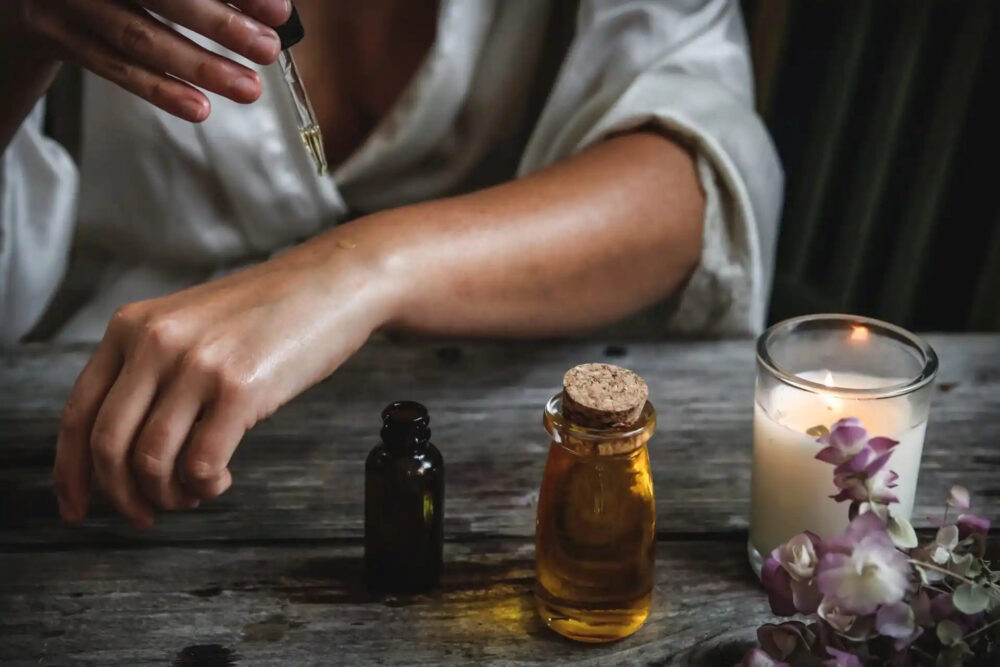As summer approaches, many of us are eager to spend more time outdoors, soaking up the sun. However, it’s crucial to remember the importance of protecting our skin from harmful UV rays. Sunscreen is a vital tool in this defense, but with so many options available, it can be overwhelming to choose the right one. Understanding the science behind sun protection and selecting the appropriate SPF (Sun Protection Factor) is key to safeguarding our skin while enjoying the sunshine.
Understanding SPF
SPF is a measure of a sunscreen’s ability to prevent UVB rays from damaging the skin. UVB rays are responsible for causing sunburn, and prolonged exposure can lead to skin cancer. The SPF number indicates how long it will take for UVB rays to redden the skin when using the sunscreen compared to how long it would take without any protection. For example, if it takes 20 minutes for your skin to redden without sunscreen, using an SPF 30 sunscreen theoretically prevents reddening for 30 times longer (about 10 hours).
Choosing the Right SPF
Selecting the appropriate SPF depends on various factors, including your skin type, the intensity of the sun, and the duration of sun exposure. Individuals with fair skin that burns easily may require a higher SPF, such as 50 or above, to provide adequate protection. Conversely, those with darker skin may opt for a lower SPF. It’s essential to consider the sun’s intensity and the length of time you’ll be exposed. On particularly sunny days or during extended outdoor activities, a higher SPF is advisable.
Broad-Spectrum Protection
In addition to SPF, it’s crucial to ensure that the sunscreen provides broad-spectrum protection. This means it guards against both UVA and UVB rays. UVA rays can prematurely age the skin and contribute to skin cancer, while UVB rays are the primary cause of sunburn. By choosing a broad-spectrum sunscreen, you shield your skin from the full spectrum of harmful UV radiation.
Proper Application
Applying sunscreen correctly is as important as choosing the right SPF. To achieve the level of protection indicated by the SPF, it’s recommended to apply a generous amount of sunscreen to all exposed skin at least 15 minutes before going outside. Reapplication is necessary every two hours, or immediately after swimming or sweating, to maintain adequate protection.
Additional Protective Measures
While sunscreen is a valuable tool in sun protection, it should be complemented by other protective measures. Wearing sun-protective clothing, including wide-brimmed hats and UV-blocking sunglasses, seeking shade during peak sun hours, and staying hydrated are all essential components of a comprehensive sun protection strategy.
Conclusion
Understanding the science of sun protection and choosing the right SPF is crucial for maintaining healthy skin and reducing the risk of sun damage. By considering factors such as skin type, sun intensity, and duration of exposure, individuals can make informed decisions when selecting sunscreen. Remember, sun protection is not just a summer concern – it’s a year-round necessity. Prioritizing sun safety allows us to enjoy the outdoors while safeguarding our skin for years to come.
